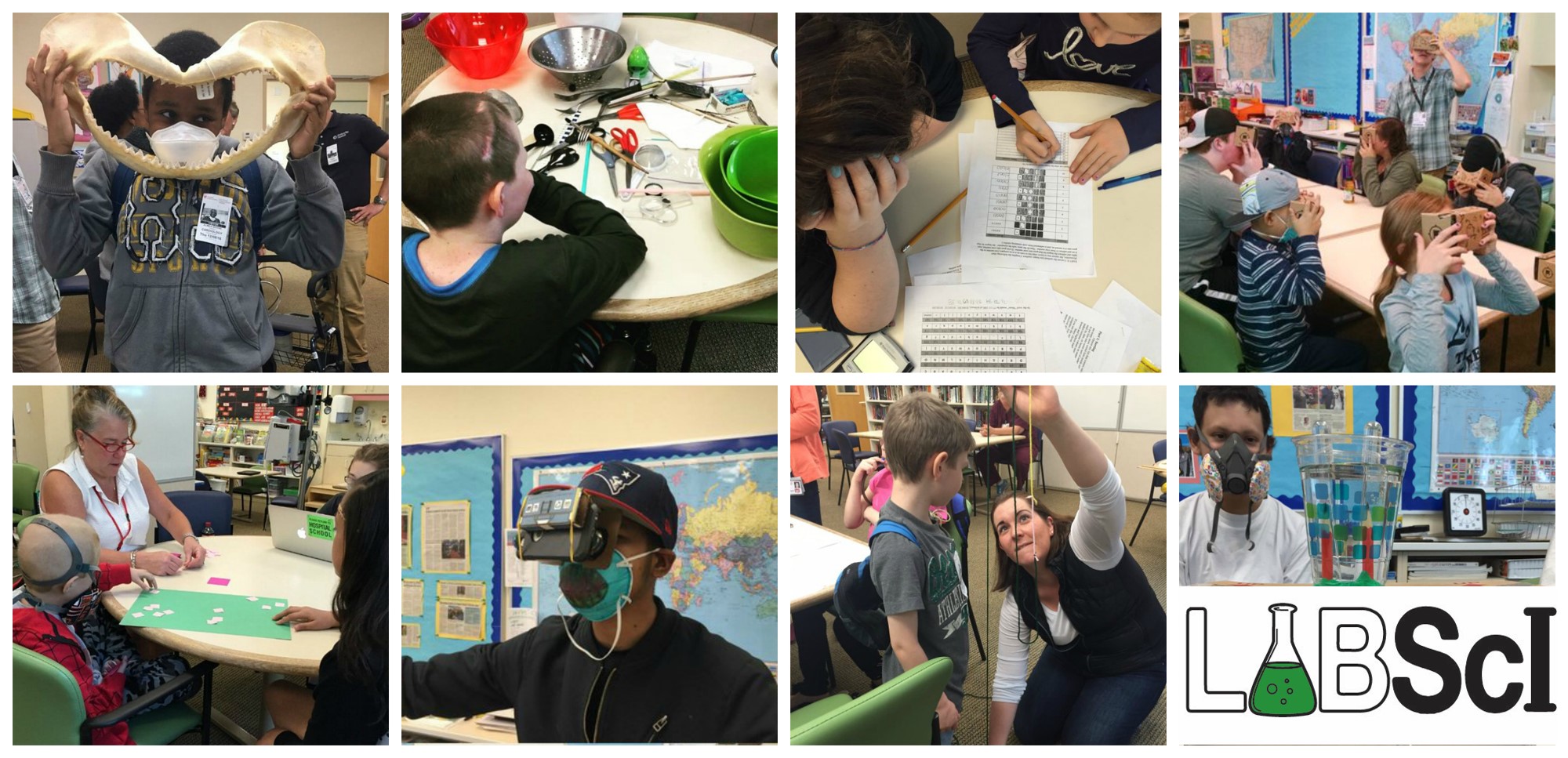In this lab you will learn about your digestive system. We will use everyday objects like yarn and a ziplock bag to understand how long our digestive system is and how it breaks down all of the tasty food you eat.
Download the labs!
Student Version
Recommended Prerequisites:
- Good for most students
- Some basic multiplication required
- Concept questions require critical thinking about the functions of the digestive system. More challenging questions can be skipped with younger students.
Key Concepts:
- The digestive system is very long and contains multiple organs to help break down food and adsorb nutrients from the food we eat. This requires both chemical digestion, when chemicals and enzymes break the food down into its nutrient components, and mechanical digestion, when food is physically broken into smaller pieces.
- The mouth is the first organ in the digestive system. Both chemical digestion and physical digestion occur in the mouth.
- The esophagus connects the mouth to the next organ in the digestive system, the stomach.
- The stomach contains hydrochloric acid which helps to chemically digest proteins. Mechanical digestion also occurs in the stomach due to the churning motion.
- The small intestine is the longest part of the digestive system, and most of the nutrients are absorbed here.
- In the small intestine, other digestive juices from the pancreas and the liver are added. These digestive juices help to continue the chemical digestion of food.
- In the large intestine, water is removed from the food, and the final nutrient absorption occurs.
Materials:
- 5 different colors of yarn (white, yellow, pink, red, purple)
- Scissors
- Ruler
- Calculator
- 1 cup corn flakes (cereal)
- 1 tsp lemon juice
- Food coloring
- 1 quart ziplock bag
- Water
- Measuring spoons (1 tablespoon, 1 cup)
- 1 large width straw
- 1 gallon ziplock bag
- 1 empty paper towel roll
- 1 plastic cup
- Gloves
- 1 leg of pantyhose
- Small tub (or towel to put over table)
